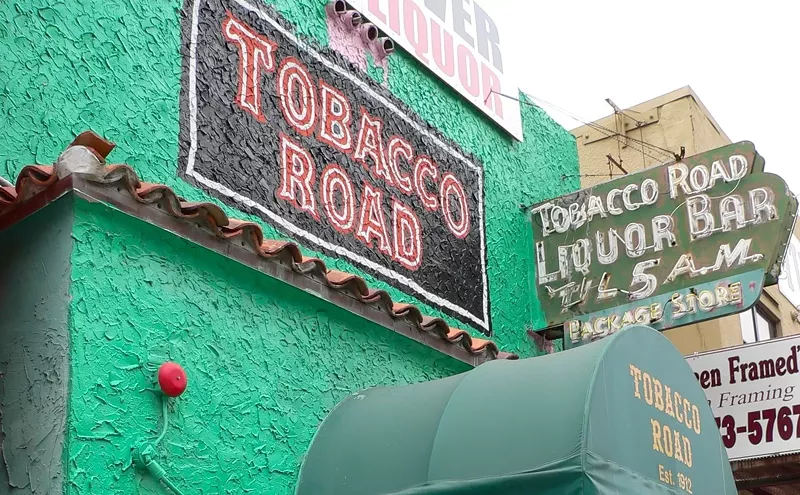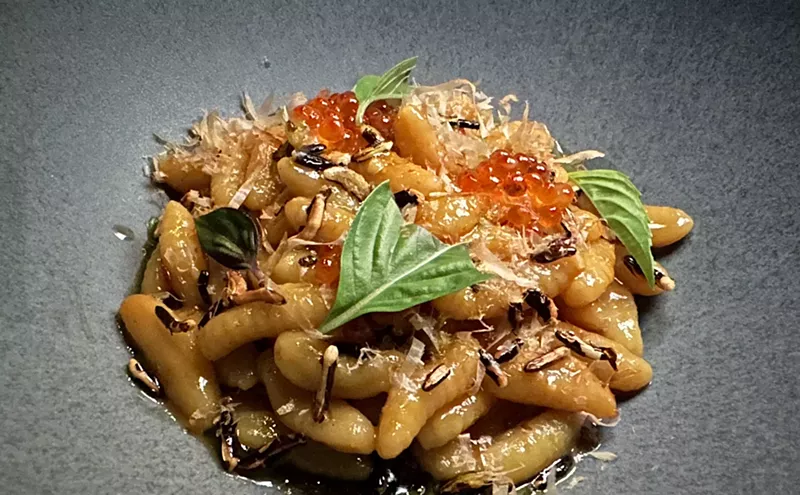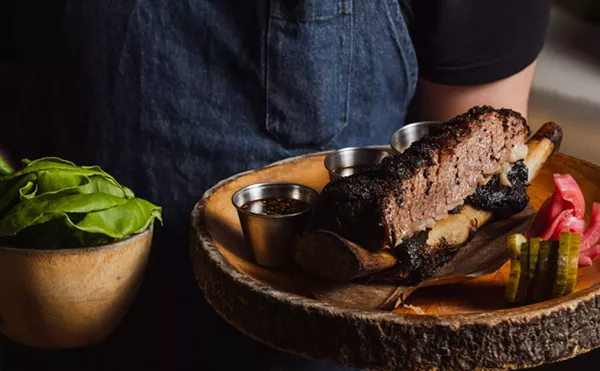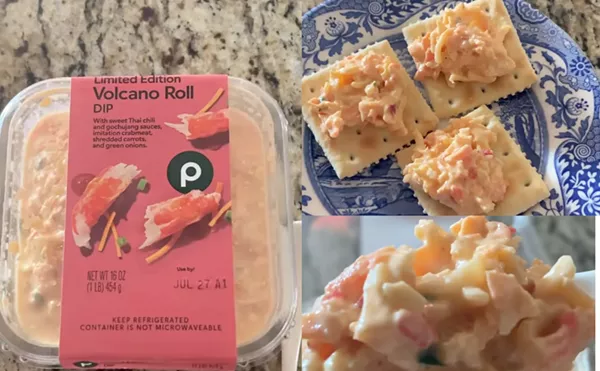You might have seen the 63-degree egg. It pops up on several menus around town — at OTC, MC Kitchen, and Eating House, among others. But what the hell is it exactly?
"It's an egg that's cooked in its shell in a water bath," explains Jacob Anaya, the executive chef of OTC in Brickell. "The water is kept at a constant 63 degrees Celsius [145.4 degrees Fahrenheit], and the egg is left in there for one hour."
For years, practitioners of molecular gastronomy have obsessed over the egg — searching for the best way to cook its white and yolk evenly. Most methods of preparation, such as traditional poaching, harden the white and a portion of the yolk.
When an egg is cooked slowly in a water bath, it yields a quivering, uniform mass. "This method allows an egg to be served flawlessly every time," Anaya says. "This is the modern approach to cooking an egg."
Anaya places his soft-poached egg over many dishes at OTC — including his ratatouille, quinoa hash, and eggs Benedict.
At Eating House, Giorgio Rapicavoli does things a little differently. He amps the water bath's temperature up to 75 degrees Celsius. "It yields a firmer white, closer to a traditional poached egg. I'm all for runny eggs, but I still want to feel like I'm eating an egg, not pudding," Rapicavoli says. He plates his eggs over Brussels sprouts and carbonara eggs Benedict.
Dena Marino, the chef of MC Kitchen in the Design District, employs the 63-degree egg in one of her most popular dishes, bucatini alla carbonara. The bucatini — a spaghetti-like noodle that's hollow in the center — tangle around a creamy Parmesan sauce. When your fork pierces the egg, the yolk oozes over the plate — adding a perfect, unctuous texture to everything it touches.












